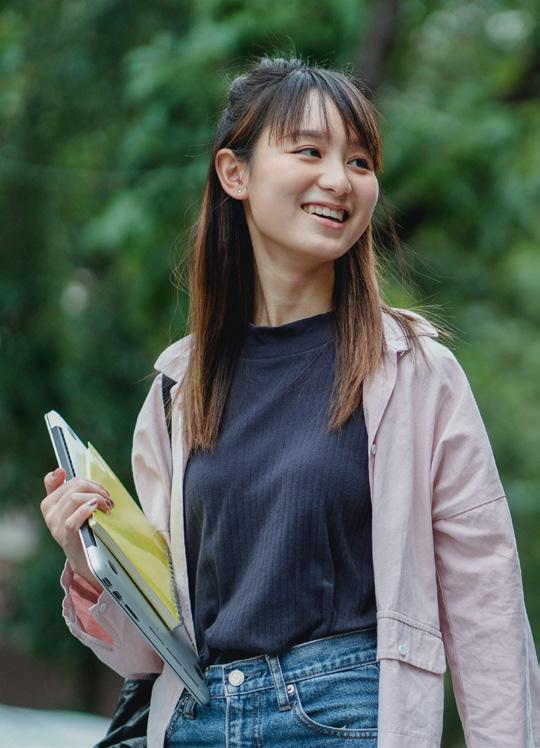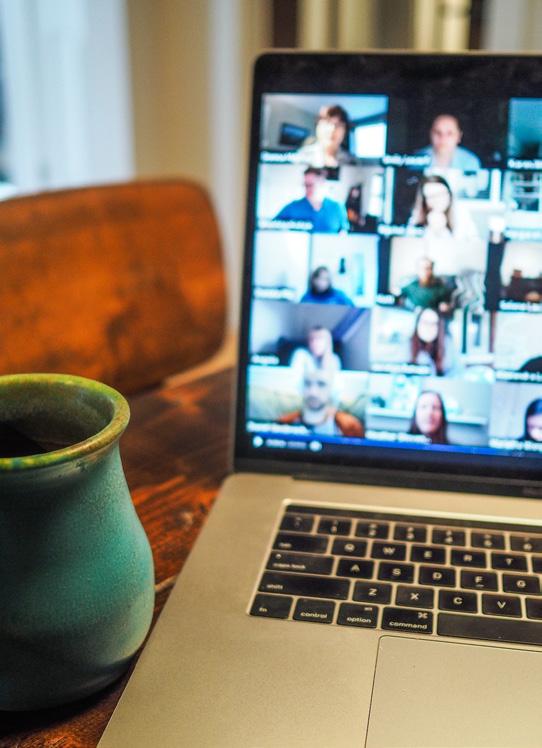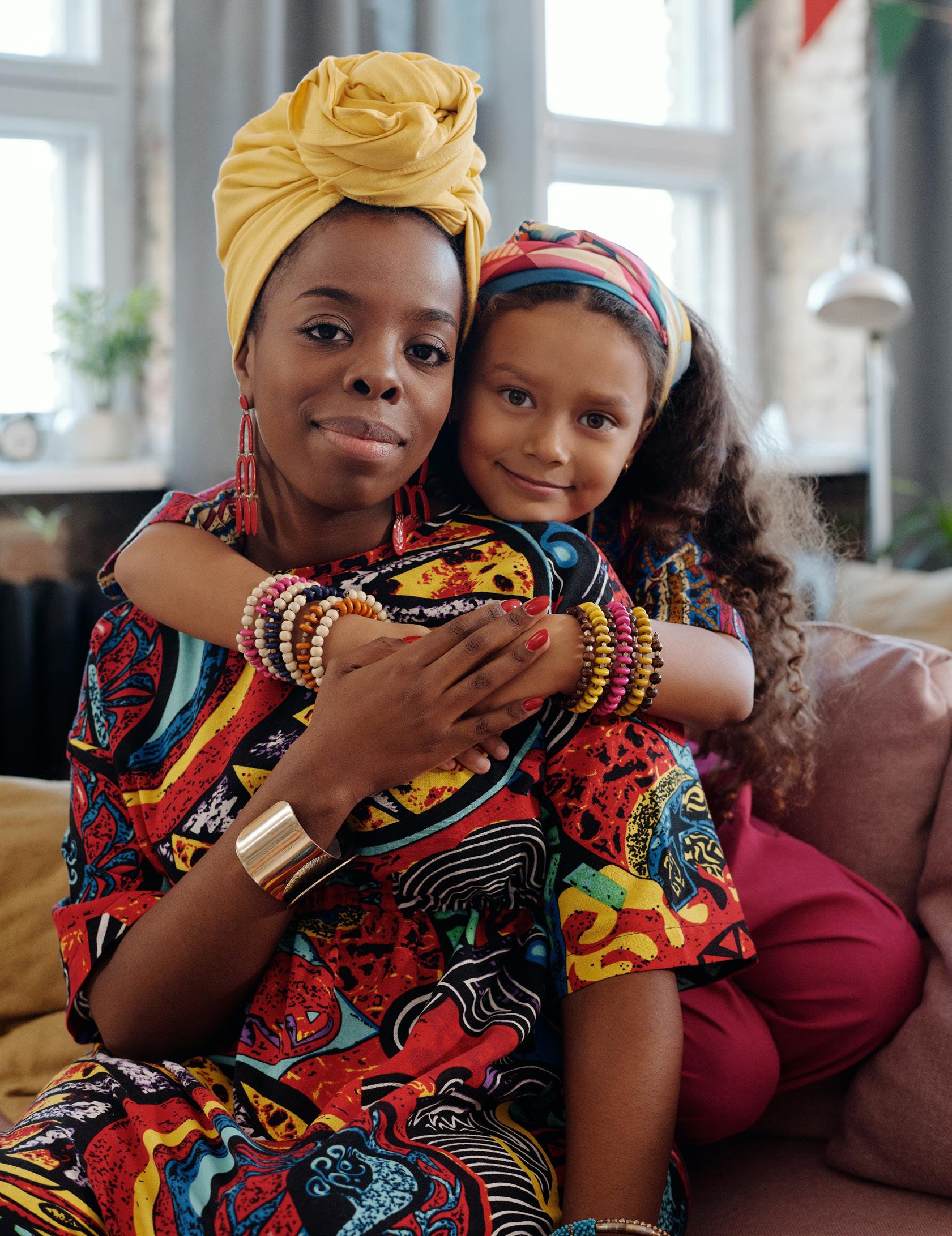
4 minute read
How To Submit An Article to Our Magazine
cells say, “You’ve got to be kidding me! THIS cheeky protein again! I’ve already told the protein that it’s not welcome around here! Get out of here!”
Your body’s own ‘natural immune system’ quickly and efficiently launches an all-out war, using the same army and weapons it used before and destroys the virus before it can take hold, replicate, and make you sick.
You’re Vaccinated
Congratulations! Now, you’re almost 100 percent immune to COVID! You’ve got the weapons and army to defeat it as soon as it enters your body at any point in the future!
Gavin McCormack
is currently the principal at Farmhouse Montessori School in Sydney, Australia, with over 20 years of experience teaching in several countries across the world, Gavin has conducted hundreds of teacher training workshops in schools across the globe including the U.K., France, Australia, and Nepal; where he is an honorary principal at Kathmandu Montessori Training Centre.
He’s currently advising several schools in Thailand, Nepal, and Australia on the development of pedagogies that initiate independent learning and research-based outcomes for children.
In 2017, he trained several hundred teachers on classroom delivery techniques and lesson preparation, and built and opened two schools in Nepal, which are fully sustainable. He continues to visit Nepal where he delivers Montessori training, planning, and programming advice.
He was nominated for the 2017 Australian Author of the Year Award. He writes and globally distributes picture books designed to educate children about friendship, kindness, acceptance, and inclusion.
www.regarded.com.au
Submit articles to publications@montessori.org
We are grateful to all who wish to contribute an article or photo essay to share with the readers of Tomorrow’s Child magazine. Over the years we’ve been asked many questions regarding format, length, usage, etc so we’ve put together this checklist to help the novice writer through the process.
Articles should be in a word document program or directly into an email where it can
easily be extracted. (PDFs do not work as we are unable to format into our graphic design program.)
Do not worry about grammar issues, our staff is here to help with that aspect.
Articles do not have a set word count minimum or maximum as each story is different.
A general rule of thumb is somewhere between 1000 and 1500 words.
Submissions with artwork or photos. When you embed a graphic into a word document it is the equivalent of a placeholder. The artwork should be attached as an EPS, JPEG or TIFF extension on the end of it. If it was created in a program such as Illustrator or even Photoshop, the native IA or PS files will work as well.
Photographs need to be high resolution or 300 DPI so they print clearly once on press.
Photo releases for any picture with children or staff must either be on record at the Foundation or sent with your articles so that we have permission to use.
Citations used in any article should be includ-
ed at that end of each article. This includes the use of websites or any internet references.
Bios of each writer should be sent each time
you submit an article in its entirety. We do not maintain a database of each, so it’s important for the author to update accordingly. Articles that have appeared in any other pub-
lication carrying a trademark or copyright must be submitted with a copy of a per-
mission from that publication’s editor or equivalent, allowing us to not only reprint but reformat into our magazine’s specs. This is for everyone’s protection.
That’s pretty much it. Easy, right?
Now we hope you’ll enjoy contributing to TC magazine. We love hearing from schools and can suggest the following topics:
n What makes your school special?
n An event your students helped to plan and carry out.
n Charitable works your students led and implemented.
n Global connections with other schools from around the world.
n Celebrations of holidays that are universal and show your school’s cultural diversity.
n Student led micro-economies.
n Alumni updates-Where are they now and what great works are they doing.
n How you’ve involved parents and grandparents into your school’s community.
n And of course, why Montessori is so important to your school’s community.
The Bridgemont Experience






Even before the forced transition to online education caused by the COVID-19 pandemic, there was an increased presence of online education at the Secondary level; however, it was during the pandemic, that we discovered the effectiveness of online education in Montessori programs throughout the world.
The program has been designed to include a blend of academic, social, emotional, and service components that are the pillars of Montessori at the Secondary level.










